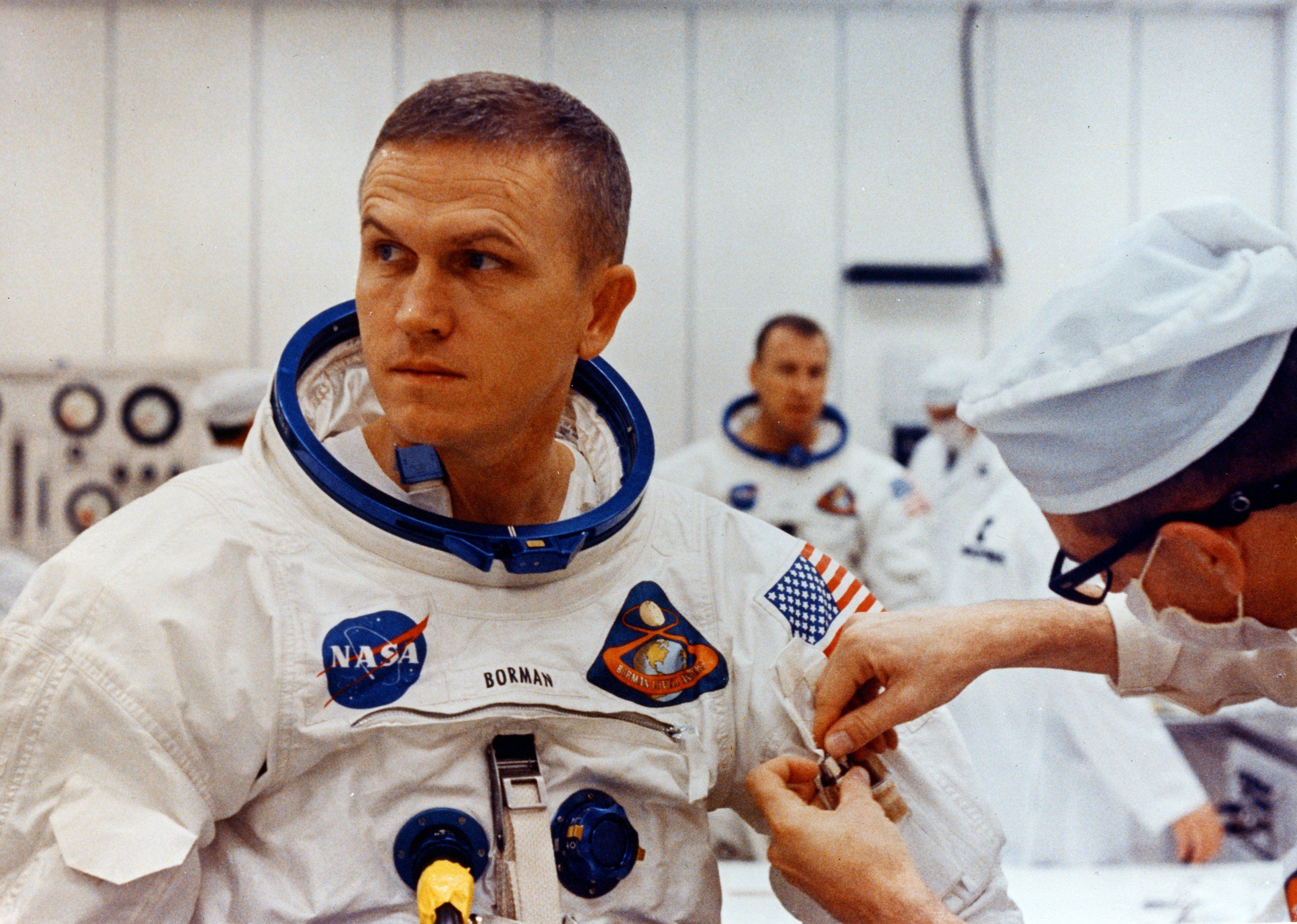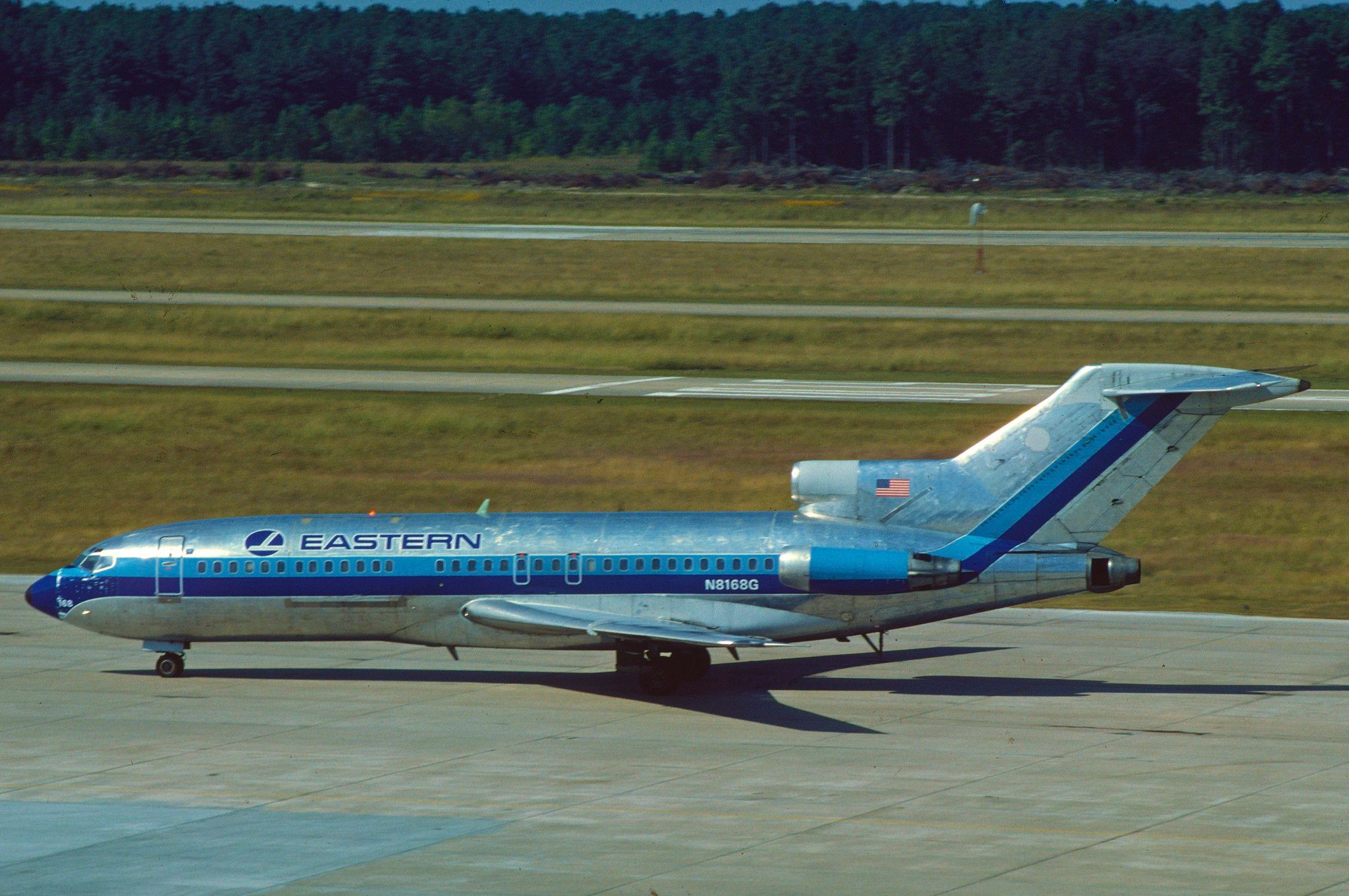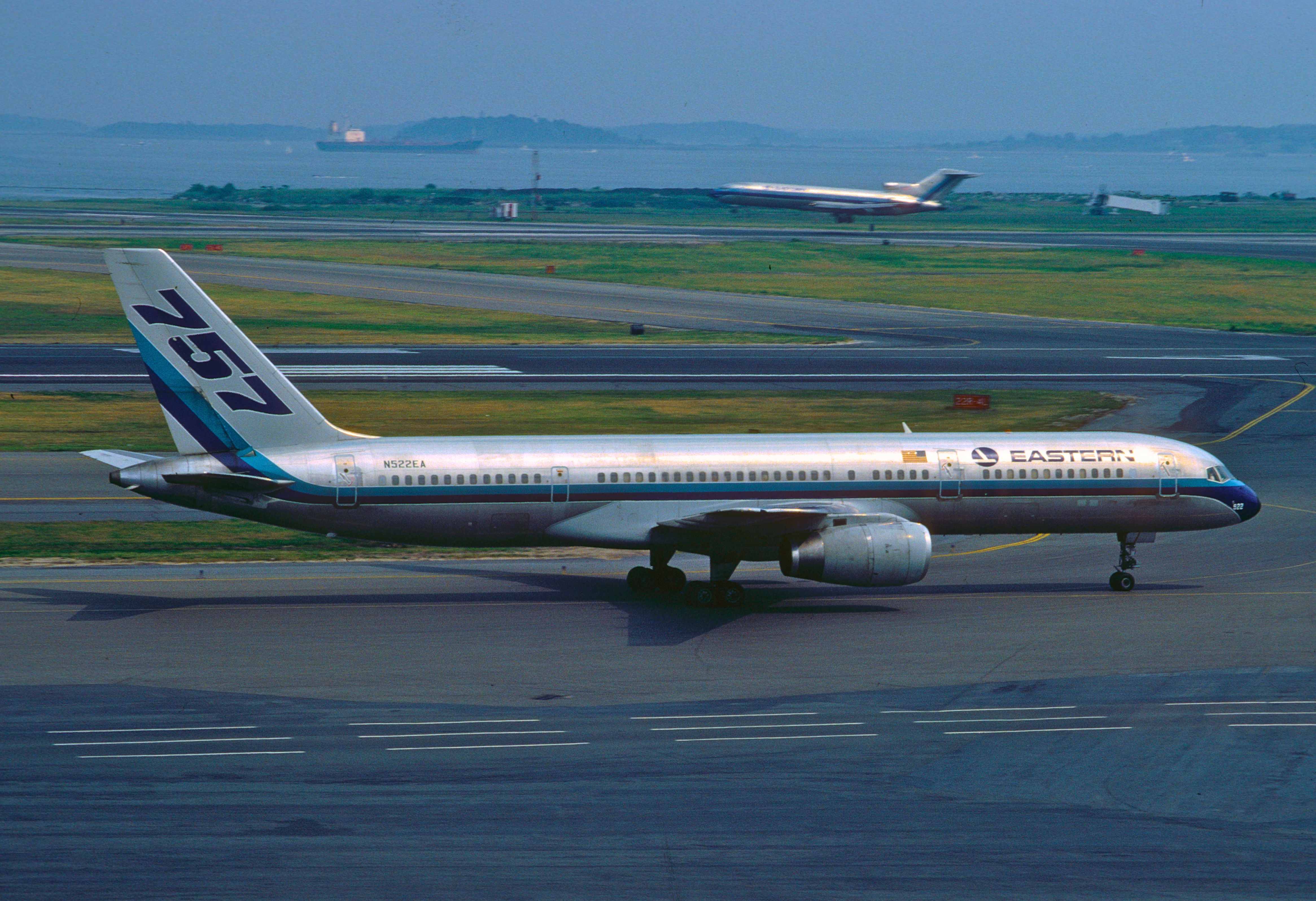Summary
- Frank Borman, NASA’s oldest living astronaut, commanded the first mission to orbit the Moon and later became the CEO of Eastern Airlines.
- Borman’s time at Eastern Airlines involved significant cost-cutting measures, including closing the New York office and implementing a unique profit-sharing program.
- Borman’s investment in fuel-efficient aircraft, such as the Boeing 757, helped Eastern Airlines reach existing destinations and improve fuel efficiency by up to 80%. However, the airline ultimately faced financial difficulties and lost customer support.
NASA’s oldest living astronaut passed away on Tuesday. Frank Borman commanded the first to orbit the Moon and went on to lead Eastern Airlines to its most profitable four years.
To the Moon and back
Frank Boreman served in the United States Air Force and led several missions for NASA. He first flew to space in 1965 as part of Gemini 7, the two-week endurance mission, and went on to conduct the first rendezvous in space.
Photo: NASA
His most notable outing was commanding the Apollo 8, the first mission to orbit the Moon in 1968. Arriving into lunar orbit on Christmas Eve, the crew of three circled the Moon 10 times, broadcast the view to the world via television, and took the famous “Earthrise” photo before heading home on December 27.
Transition to Eastern Airlines.
Following his adventures in Space, Borman joined Eastern Airlines in early 1969. The following December, he was appointed Senior Vice President of the Operations Group. He worked his way up through the leadership ranks, joined Eastern’s Board of Directors in July 1974, and was elected as President and Chief Operating Officer in May 1975. By the end of the year, he was named Chief Executive Officer of the Airline
Borman’s time as CEO of Eastern Airlines began with significant cuts to senior management at the airline and coincided with several significant changes in the aviation industry. In an effort to reign in spending for the airline, Borman closed the New York office to consolidate operations in Miami, cut senior management by over 750 people, eliminated the corporate jet, and cut the use of executive limousine travel.
Another innovative measure Borman introduced was a unique profit-sharing program called the Variable Earnings Plan, wherein a percentage of employee salaries was withheld to cover losses, and profits were repaid at a higher rate than the original withholdings. In 1976, his first full year at the airline, the company recorded a profit of $39.1 million, its highest to date.
Debuting the 757
The airline’s use of the tri-jet Boeing 727 led to narrow profit margins when fuel prices were high, leading Borman to invest in more fuel-efficient aircraft. He was able to secure a deal with Airbus to use four A300s free for six months as the aircraft manufacturer was looking to break into the American market.
Eastern Airlines was also highly interested in the Boeing 7N7 program, which led to the development of the Boeing 757. Boeing was initially looking at a design that could carry up to 160 passengers, but Borman asked Boeing to run the data for an additional 15 seats, which Boeing engineers found to be attainable without significant modifications.
Eastern Air Lines became a launch customer for the type and operated the first commercial 757 flight on January 1, 1983, flying its route from Atlanta to Tampa. The narrowbody aircraft allowed the carrier to reach its existing destinations and was up to 80% more fuel efficient than the older 727 jetliners it replaced. Eastern went on to place a $200,000 down payment for two Concordes but, having no routes on which to run them, ended up losing its deposit.
Reaching the end
Despite initial successes under Borman’s tenure, the airline could not keep up with its financial obligations and continued to lose money. Deregulation in the industry increased competition, and two fatal crashes contributed directly to the loss of customer support. Following his resignation from Eastern in 1986, Borman continued to serve as an advisor for several years before retiring and purchasing a cattle ranch in Montana. NASA announced his death on Tuesday as tributes to the history-making astronaut flooded in.




